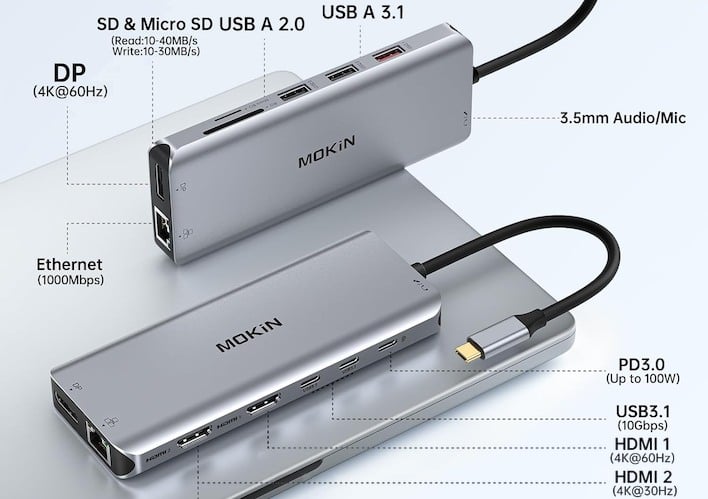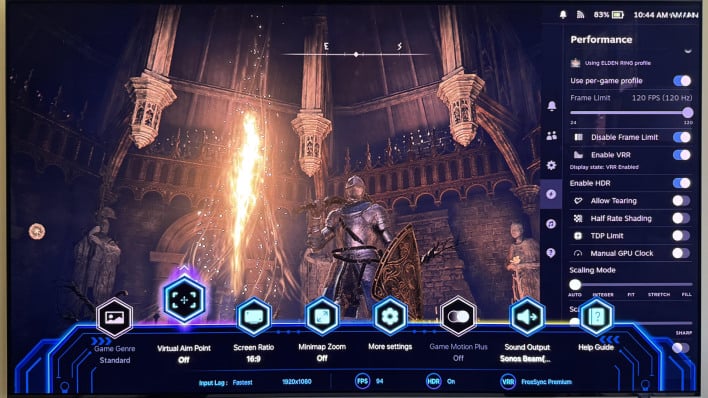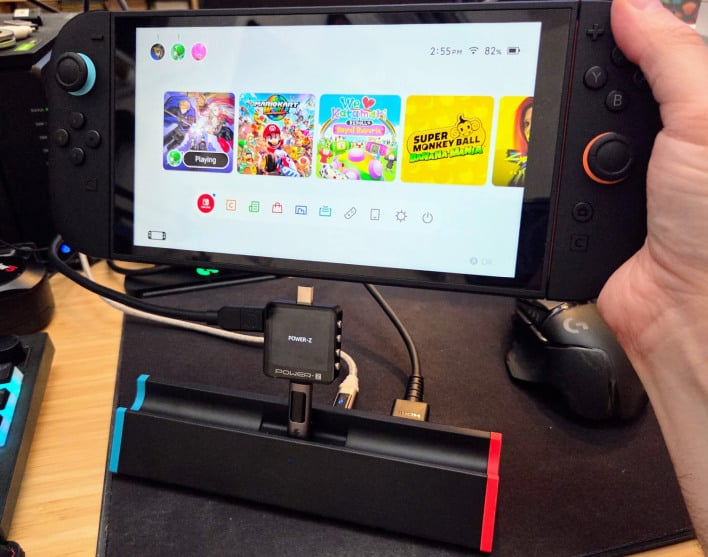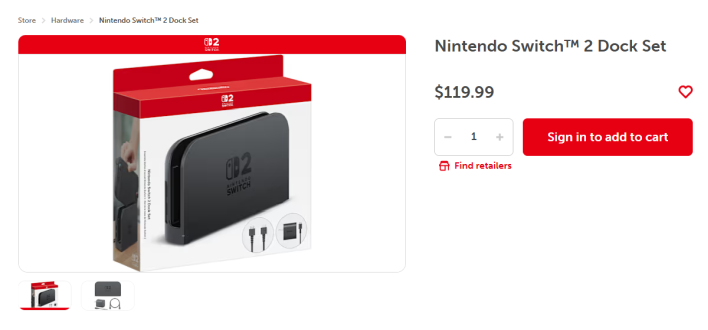Switch 2 Accessory Makers Reveal How Nintendo Blocks Third-Party USB-C Docks

USB is a standard designed to ensure interoperability between computer systems and accessories. There are a huge number of USB Type-C docks out there that normally work with any USB Type-C device. That means you can buy such a dock, plug it into a smartphone, gaming handheld, or laptop, and it simply provides the relevant connectivity, like video display outputs, card readers, additional USB ports for input devices or other accessories, support for wired Ethernet, and even storage expansion on some fancier docks.
If you try this with the Nintendo Switch 2, though, it will only work as a simple USB charger. Why? Because Nintendo has programmed the handheld game console such that it attempts a unique and proprietary handshake with the USB Type-C device, and if it doesn't receive the correct authorization string, it simply won't work—the tablet will refuse to send a video signal or any USB data to the dock.

There is exactly one third-party dock that works with the Switch 2, a "SIWIQU" unit (made by Antank) on Amazon that goes for $36, a darn sight cheaper than the $120 Nintendo asks for the official dock. The key selling feature of the Antank dock is that it is considerably smaller and slimmer than the official unit while offering additional functionality, such as the ability to toggle between dock and charger mode with a button press. However, unlike the official Nintendo dock, the Antank unit does not include a power brick in the box—so you'll need your own charger, which cuts into the savings a bit. Still, it's much cheaper overall. How does it work when so many other docks don't? Because Antank is spoofing Nintendo's authentication protocol.
We know this thanks to the investigative work performed by Sean Hollister over at The Verge, who purchased a Power-Z KM003C USB Type-C PD tester and used it to log the packets passing through the connection between the Switch 2 and various docks. His findings are pretty conclusive. Nintendo is specifically locking out third-party accessories by using "vendor-defined" USB signaling to perform proprietary authentication. The Antank SIWIQU dock mimics the signaling to get the Switch 2 to fully connect and send video and USB data through it.
So why is Nintendo locking out third-party docks? It would be easy to simply look at the $120 price of the official dock and call this matter settled. It may not be exactly that simple, though; Nintendo could be concerned about extra support calls or warranty claims caused by unsupported third-party accessories. Our take is that this kind of language is usually a smokescreen for "we don't want to play nice with accessory makers, and it eats into our profit margins." In other words, Nintendo is taking a page out of Apple's playbook.
Fortunately, the existence of Antank's dock proves that it is possible for third-party accessory makers to create compatible docks. It's entirely possible that Nintendo will update the firmware of the system to try and combat this practice, but Antank told The Verge that its dock can have its firmware updated in this eventuality. An irritating game of cat and mouse, and one that consumers shouldn't have to play, but at least your $36 piece of plastic won't necessarily become a pretty paperweight when Nintendo gets uppity about accessories in the future.

By the way, one other interesting finding from all this research is that the limitation on VRR output does not seem to originate with the Switch 2's dock but in fact with the Switch 2 itself. The Nintendo Switch 2 supports variable refresh rate on its internal display, ironic as that is given the screen's 30-plus millisecond response time, but it does not support outputting a VRR signal to an external display. However, Reddit user Dynamatch has proved that if you connect a Steam Deck to the Nintendo Switch 2 dock, it is fully capable of sending a UHD 4K, 120 Hz, VRR signal directly through the dock.
This makes it seem likely that Nintendo could update the Switch 2 firmware to enable VRR output, but it may actually be up to Nvidia. Nvidia has never shipped any device with support for VRR over HDMI that doesn't make use of the HDMI 2.1 VRR protocol. In /u/Dynamatch's tests, his display shows that it is performing VRR via AMD FreeSync Premium, which is a different interface than HDMI 2.1 VRR. It may be up to Nvidia to implement the correct output mode in the Nintendo Switch 2's firmware.

Whoever is responsible, hopefully the companies can get it worked out soon. We don't have the same optimism for third-party dock support, though. We imagine more companies will simply spoof Nintendo's authentication protocol, and that Switch 2 support will basically become a standard feature of USB Type-C docks going forward. Given this likely future, it would be nice if Nintendo would simply cede this battle and open up the Switch 2 for third-party accessories.


